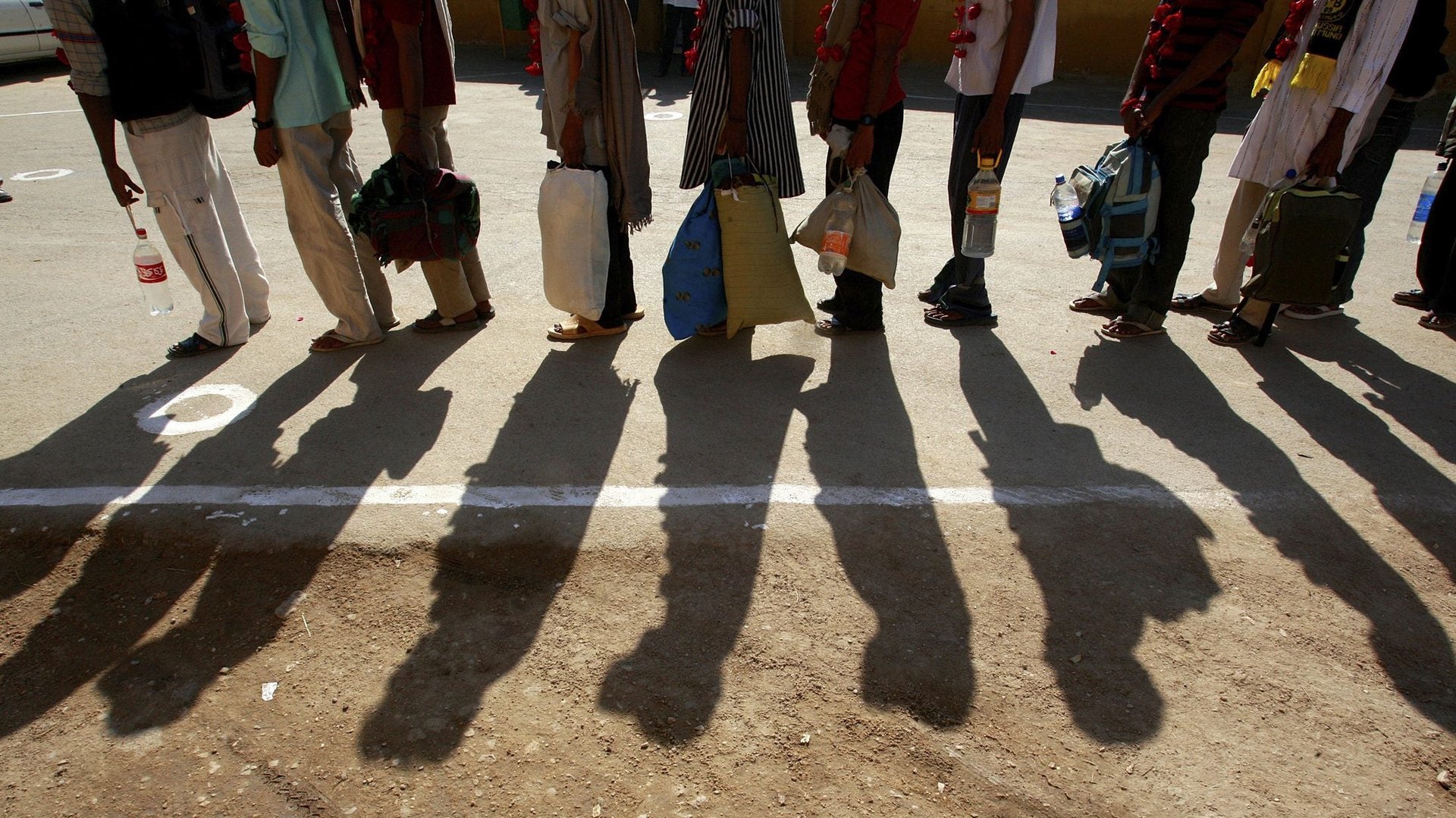A look at LinkedIn’s strategy to put India’s small town job-seekers on the map
The world’s largest job site is going lite to overcome its biggest hurdle in India: poor data connection.


The world’s largest job site is going lite to overcome its biggest hurdle in India: poor data connection.
LinkedIn may have 42 million users in Asia’s third-largest economy, but it still doesn’t reflect its job scene: Even as the country battles an unemployment crisis, there are over 550,000 vacancies on the portal.
One reason for this is that a bulk of India’s unemployed are in small towns and rural areas where internet connectivity is at best patchy or simply non-existent. LinkedIn is simply off the radar there.
Nearly 750 million rural Indians are yet to come online. Most of those who do use mobile data still rely on 2G and 3G—this in a country where even 4G is inconsistent. “No matter how good your product is, all is lost if it (the website or app) won’t load for all audiences,” Akshay Kothari, country manager, LinkedIn India, said in a statement.
So the company has taken a page out of the India strategy of tech giants like Google, Facebook, and Twitter. Earlier this year, it launched a data-saver version of its website, called LinkedIn Lite. This avatar retains all the key features of the original: news feed, profile, networks, messaging, notifications. However, each page on LinkedIn Lite uses under 100 kilobytes (KB) of data. So even on 2G, a page loads in under five seconds, Kothari told Quartz.
It is also available as an Android app now, which consumes less than 1MB and reduces data usage by up to 80%. The standalone app was created because feedback from users on the field revealed that they “would rather tap into an app than open a browser. It was considered easier to use and perceived to be lot more secure,” Kothari said.
As a result, engagement by new and existing users has risen “significantly,” the Microsoft-owned company claims. “More than half of our new members now sign up on mobile (phones). So this has become a huge enabler for professionals in smaller cities in India to sign up and get connected,” the company noted in a blog post on Aug. 02.
Making a job portal available regardless of connectivity speed, network coverage, and location “really levels the playing field (for otherwise disadvantaged users),” Kothari said. Bright students from lesser-known colleges in India’s hinterlands can be made aware of the same opportunities as someone studying at Indian Institute of Technology Bombay, he explained.
Moreover, data costs also have fallen in India in recent times thanks mostly to Reliance Jio. This is kicking up the “perfect good storm” for job portals as more and more job seekers can now afford data, he added.
As people from tier II and tier III cities get online, employers get an expanded talent pool to tap into.
However, even with LinkedIn Lite, there is a potential comprehension gap when it comes to job profiles, Shiva Kumar N, business head of recruitment process outsourcing (RPO) at consulting agency TeamLease Services, told Quartz. Candidates may just misjudge their own suitability for a role.
Besides, without the kind of exposure and training that metro residents often receive, even the mere act of drafting a resume can be daunting, Kumar said. A lack of exposure to a global workforce can also cripple confidence at workplace, he added.
The new LinkedIn Lite app may, however, bode well for certain pan-India industries such as banking, financial services & insurance (BFSI), and manufacturing. For these sectors have positions open in every nook and corner of the country. But to even be considered for white collar jobs, small-towners and rural Indians must gain soft skills.
Meanwhile, as it prepares to introduce its lite version in 66 other countries, LinkedIn has another barrier to overcome: language.
There are 22 official languages and over 122 other major ones in India. Yet, LinkedIn Lite is available only in English. That wouldn’t help much in markets like Pakistan, Bangladesh, and the Philippines, among others, where it plans to debut.